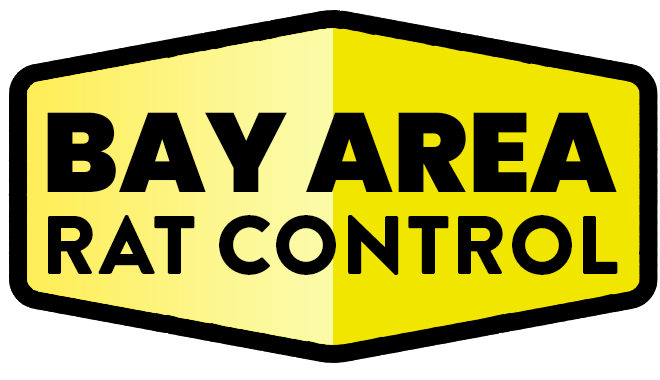Opening Thoughts
Rat infestations in multi-unit living spaces, such as apartments and condos, present unique challenges. Shared walls, communal areas, and high population density make controlling rats in these environments more complex. This guide outlines effective strategies for property managers and residents to collaborate in creating a rat-free living space.
Challenges of Rat Control in Multi-Unit Living
1. Shared Spaces
- Examples: Hallways, basements, laundry rooms, and shared trash areas provide easy access and hiding spots for rats.
- Impact: A single infestation can quickly spread throughout the building.
2. Multiple Entry Points
- Examples: Gaps around utility pipes, shared ventilation systems, and poorly sealed windows.
- Impact: Rats can move freely between units, making individual efforts less effective.
3. Varied Responsibilities
- Residents: Responsible for maintaining cleanliness within their units.
- Property Managers: Must address structural vulnerabilities and oversee pest control for communal areas.
Strategies for Property Managers
1. Conduct Routine Inspections
- What to Inspect:
- Basements, storage areas, and trash disposal zones.
- Walls, floors, and ceilings for gaps or cracks.
- Frequency: Quarterly inspections can identify and address early signs of infestation.
2. Seal Structural Gaps
- Entry Points:
- Around utility pipes and HVAC systems.
- Cracks in foundations or walls.
- Materials to Use:
- Steel wool and caulk for small gaps.
- Metal mesh for vents and larger openings.
3. Maintain Communal Areas
- Trash Management:
- Use sealed, rat-proof trash bins.
- Schedule frequent garbage pickups to prevent overflow.
- Landscaping:
- Trim shrubs and trees to reduce nesting sites.
- Remove debris and clutter from around the building.
4. Implement Monitoring Tools
- Traps and Bait Stations:
- Place in common areas like basements and hallways.
- Use tamper-proof designs to ensure safety for residents and pets.
- Motion-Sensor Cameras: Monitor high-risk zones for activity.
5. Partner with Professionals
- Work with licensed pest control providers for regular treatments and inspections.
- Develop a comprehensive pest management plan tailored to the property.
Strategies for Residents
1. Maintain a Clean Unit
- Food Storage:
- Store food in airtight containers.
- Clean crumbs and spills promptly.
- Declutter:
- Remove unnecessary items that could serve as nesting materials.
2. Report Issues Promptly
- Notify property management of:
- Droppings, gnaw marks, or sightings.
- Structural vulnerabilities like holes or cracks.
3. Use Preventive Measures
- Seal Gaps: Cover small openings around windows, doors, and vents.
- Monitor Activity: Place traps in hidden areas, such as behind appliances or under sinks.
4. Coordinate with Neighbors
- Share information about sightings or infestations to create a unified approach.
- Encourage collective efforts to maintain cleanliness in shared spaces.
Collaborative Rat Control Efforts
1. Educate Residents
- Host informational sessions or distribute guides on identifying and preventing rat infestations.
- Emphasize the importance of reporting problems early.
2. Establish Clear Protocols
- Develop a clear process for reporting and addressing pest control issues.
- Ensure residents understand their responsibilities and the role of property management.
3. Communicate Regularly
- Provide updates on pest control measures and progress.
- Encourage feedback from residents to identify unaddressed concerns.
Benefits of Proactive Rat Control
- Improved Living Conditions: A clean, pest-free environment enhances residents’ quality of life.
- Cost Savings: Preventive measures reduce the need for costly extermination and repairs.
- Reputation Management: Effective pest control helps attract and retain tenants.
Final Thoughts
Controlling rats in multi-unit living spaces requires a collaborative effort between property managers and residents. By implementing proactive strategies, maintaining open communication, and working with pest control professionals, you can create a safe and comfortable environment for everyone.
Relevant Links/Sources:
Managing Pests in Apartments – EPA
Tips for Residents – PestWorld
Rodent Prevention for Property Managers – CDC
